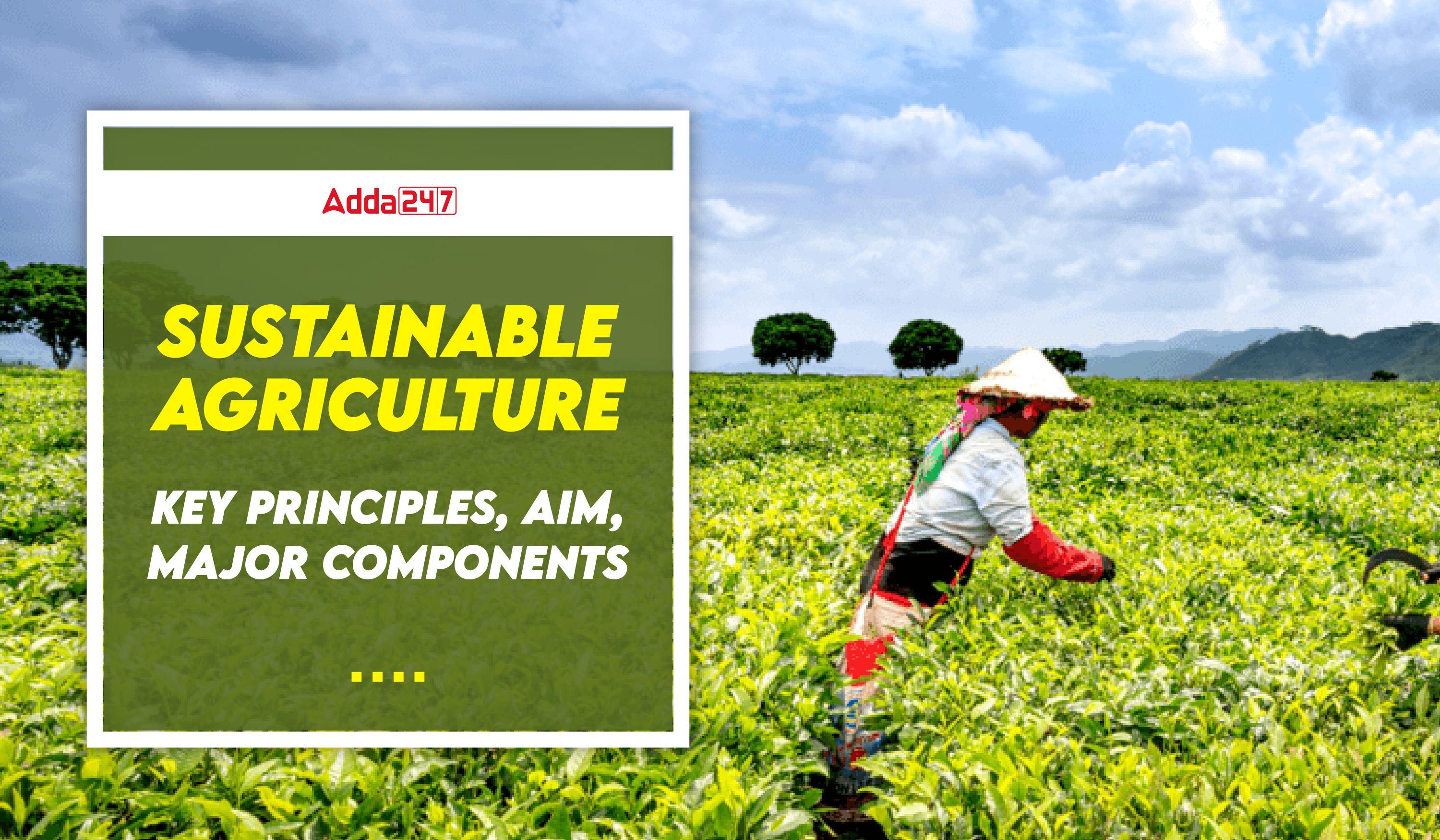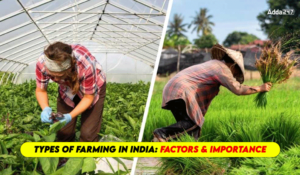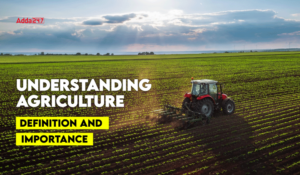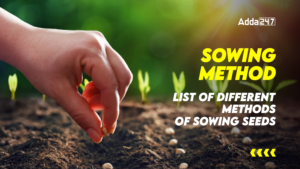Sustainable Agriculture known as the farming system designed to be productive and beneficial to society indefinitely. These systems must be resource-conserving, socially supportive, commercially competitive, and environmentally sound. According to the USDA, sustainable agriculture means using farming methods that work together for both plants and animals in a way that meets several important goals over time:
- Fulfill Human Needs: Ensures a steady supply of food and fiber.
- Enhances Environmental Quality: Improves the natural resources important to agriculture.
- Efficient Resource Use: Maximizes the use of nonrenewable and on-farm resources, including natural biological cycles and controls.
- Economic Viability: Maintains the economic sustainability of farm operations.
Key Principles of Sustainable Agriculture
Sustainable agriculture is based upon many fundamental principles such as:
- Biological and Ecological Processes: Incorporating processes such as nutrient cycling, soil regeneration, and nitrogen fixation into farming practices.
- Reduced Use of Non-renewable Inputs: Minimizing dependency on environmentally harmful inputs.
- Farmer Expertise and Self-reliance: Leveraging farmers’ knowledge to work the land productively and promote self-sufficiency.
- Collaborative Problem Solving: Addressing agricultural and natural resource issues through cooperation among people with diverse skills, including pest management and irrigation.
- Long-term Economics: Considering both short-term and long-term economic factors, ensuring that agricultural systems can regenerate indefinitely.
- Biodiversity Reconciliation: Integrating biodiversity into human landscapes to support ecological balance.
Aims of Sustainable Agriculture
The primary goal of sustainable agriculture is to create systems that can feed a growing global population while preserving the environment. The aims include:
- Meeting Current and Future Needs: Ensuring that agricultural practices can support human needs today without jeopardizing future generations.
- Mitigating Climate Change: Developing food systems that reduce greenhouse gas emissions and adapt to changing environmental conditions.
- Promoting Environmental Health: Addressing major issues such as water scarcity, pollution, land degradation, and deforestation.
- Enhancing Food Security: Providing a reliable food supply while minimizing environmental impacts
Major Components of Sustainable Agricultural Systems
- Soil and Water Conservation: Implementing methods to prevent soil degradation and maintain soil productivity, while managing water use to prevent issues such as salinity and high groundwater tables.
- Efficient Irrigation: Using irrigation practices that conserve water and avoid problems such as soil salinity, alkalinity, and high groundwater tables.
- Crop Rotations: Utilizing crop rotations to manage weed, disease, and pest problems, enhance soil productivity, and minimize soil erosion.
- Integrated Nutrient Management: Combining organic, inorganic, and bio-fertilizers to reduce reliance on chemical fertilizers, improve soil health, and minimize environmental pollution.
- Integrated Pest Management (IPM): Reducing the need for agrochemicals through practices such as crop rotation, weather monitoring, use of resistant cultivars, optimal planting times, and biological pest control.
- Weed Management: Employing preventive measures, tillage, timely inter-cultivation, and crop rotation to control weed growth and improve plant health.
Advantages of Sustainable Agriculture
- Lower Production Costs: By minimizing reliance on external inputs and optimizing resource use, sustainable agriculture can lower production costs.
- Reduced Risk: Implementing sustainable practices reduces various risks for farmers, including financial and environmental risks.
- Pollution Prevention: Sustainable practices help avoid the contamination of water resources by minimizing chemical use.
- Minimal Pesticide Residue: There is a significant reduction in pesticide residues, ensuring safer food products.
- Profitability: Ensures profitability in both the short and long term by focusing on efficiency and resource conservation.
Disadvantages of Sustainable Agriculture
- Lower Yields: Due to the reduced use of inputs, the yields in sustainable agriculture may be lower compared to conventional methods.
- Transition Challenges: Shifting to sustainable practices can be challenging and may require a significant adjustment period for farmers.
Methods and Practices
Sustainable agriculture employs various methods to achieve these aims, including:
- Permaculture: Designing agricultural systems that mimic natural ecosystems.
- Agroforestry: Integrating trees and shrubs into crop and livestock systems.
- Mixed Farming: Combining crops and livestock to improve soil health and productivity.
- Multiple Cropping and Crop Rotation: Growing different crops in sequence or simultaneously to enhance soil fertility and control pests.
Importance and Impact
Sustainable agriculture is crucial for mitigating the environmental footprint of farming, which includes issues like climate change, water scarcity, pollution, land degradation, and deforestation. It offers solutions to these challenges by:
- Preventing Adverse Environmental Effects: Ensuring farming practices do not harm soil, water, biodiversity, or surrounding resources.
- Supporting Ecosystem Services: Utilizing an understanding of ecosystem services to guide sustainable practices.



 Types of Farming in India: Factors and I...
Types of Farming in India: Factors and I...
 Understanding Agriculture: Definition an...
Understanding Agriculture: Definition an...
 Sowing Method: List of Different Methods...
Sowing Method: List of Different Methods...




 Adda247 Job portal has complete information about all Sarkari Jobs and Naukri Alerts, its latest recruitment notifications, from all state and national level jobs and their updates.
Adda247 Job portal has complete information about all Sarkari Jobs and Naukri Alerts, its latest recruitment notifications, from all state and national level jobs and their updates.



